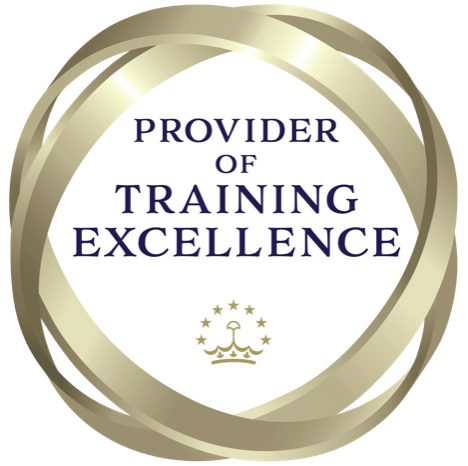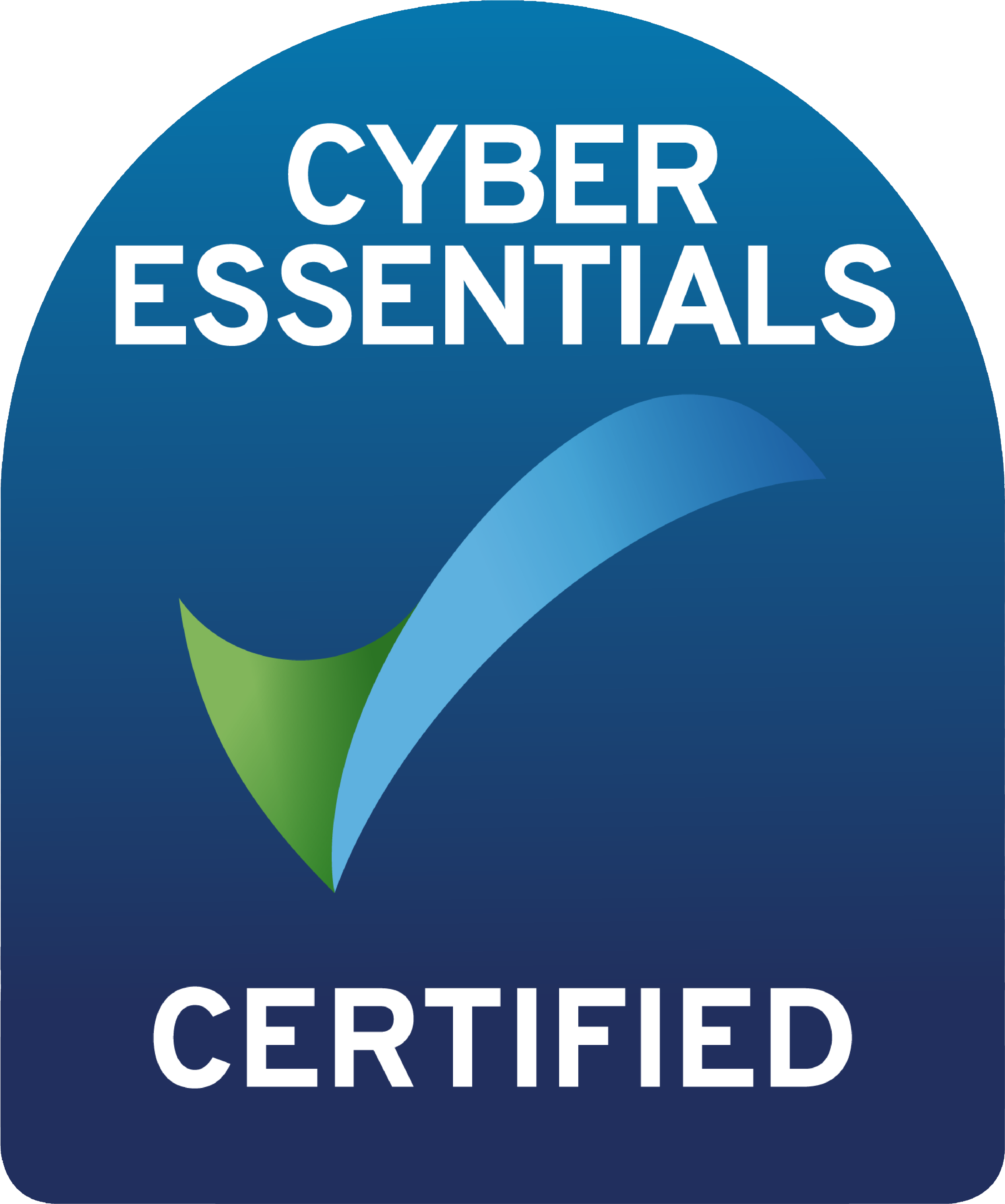


Complete your online course with this part two practical lesson to gain the full qualification.
This course is designed to meet the requirements of ILS courses laid down by UK Resus Council guidelines and is certified by ProTrainings. This CPD course meets the criteria for the General Dental Council’s development outcomes C.
The aim is to train healthcare personnel in cardiopulmonary resuscitation, simple airway management and safe defibrillation, enabling them to manage patients in cardiac arrest until the arrival of a cardiac arrest team and to participate as members of that team. The course is run over one day and consists of lectures and practical sessions.
ProTrainings Basic Life Support courses have been designed to meet all the required learning outcomes and are aligned to the Skills for Health UK Core Skills Training Framework or UK-CSTF. This includes both level 2 adult and paediatric patient care. The course is also Skills for Care Endorsed and follows the requirements set out in the Resuscitation Council (UK) guidelines for adult and Paediatric cardiopulmonary resuscitation (CPR) basic life support (BLS).
The course looks at how to identify the causes and promote the prevention of cardiopulmonary arrest. Recognise and treat the deteriorating patient using the ABCDE approach and undertake the skills of quality CPR and defibrillation. It also covers simple airway manoeuvres and utilises non-technical skills to facilitate initial leadership and effective team membership
All our first aid courses fully meet the latest UK and European Resuscitation Council Guidelines as per the HSE requirements and will be updated as soon as the 2020 guidelines are released. The latest updates will be available to current students even after you pass the course.
We also have an online Immediate Life Support for Dentists (ILS) course aimed at the healthcare sector also as a blended, online and a classroom course nationwide at your workplace. We also offer an online Advanced Life Support course.
The content of this and all our courses has been independently certified as conforming to universally accepted Continuous Professional Development (CPD) guidelines and come with a Certified CPD Statement as well as a ProTrainings Certificate and for online courses an Evidence Based Learning statement.
This is the classroom-only part 2 of a 2-part blended course. Before taking this course, you MUST complete the online course.
- Medical professionals
- Nurses
- First Aiders
- Medics
- Doctors – Hospital
- Doctors – Community
- Medical students
- Nurses – Hospital
- Nurses – Community
- Nursing students
- Midwives
- ODPs
- Cardiac Technicians
- Occupational Therapists
- Physiotherapists
- Radiographers
- Resuscitation Training Officers
- Dentists
- Dental Nurses
- Ambulance Technicians / Paramedics
- Fire Service Technicians
- Police Officers
- Prison Officers
- Air Stewards
This course comes with 6.0 hours of CPD, although the time to complete the course online may be less than this.
The content of this and all our courses has been independently certified as conforming to universally accepted Continuous Professional Development (CPD) guidelines and come with a Certified CPD Statement as well as a ProTrainings Certificate and for online courses an Evidence Based Learning statement.
Aim
To provide a higher level of theory and practical training in accordance with the UK Resus Council and ERC guidelines in immediate life support (BLS/CPR) and medical emergencies as required by the GDC. Also to provide training in theory and practical AED use in the event of a cardiac arrest.
Objectives
1. Understand basic life support requirements
- 1.1 Describe the principles that underpin basic life support
- 1.2 Explain the circumstances under which resuscitation is performed
- 1.3 Explain why early intervention is necessary
- 1.4 Describe different types of cardiopulmonary arrest
- 1.5 Understand what pulse oximetry is and why it is important in assessing a patient
- 1.6 Explain the ABCDE approach to patient care
- 1.7 Explain how to check a patients pulse, temperature, blood pressure and other observations.
- 1.8 Explain what Hypoxia is and how it affects the patient
- 1.9 Explain the difference between heart attack, angina and sudden cardiac arrest
2. Be able to demonstrate basic life support techniques and automated external defibrillator use in line with current national guidelines
- 2.1 Demonstrate cardiopulmonary resuscitation
- 2.2 Demonstrate compression only resuscitation
- 2.3 Demonstrate the use of resuscitation barrier devices
- 2.4 Demonstrate how to manage a choking adult, child and infant
- 2.5 Demonstrate the use of an automated external defibrillator
- 2.6 Describe the differences when using an automated external defibrillator on a child and on an adult
- 2.8 Explain why suction is used to maintain the airway
- 2.9 Explain how an Oropharyngeal airway is used and why they benefit the airway
- 2.9 Explain the requirements of a do not resuscitate order
- 2.10 Demonstrate correct use of a bag valve mask
3. Be able to demonstrate post-resuscitation procedures
- 3.1 Demonstrate how to place a casualty in the recovery position
- 3.2 Identify the risks when placing a casualty in the recovery position
- 3.3 Describe handover and reporting procedures
- 3.4 Explain the correct administration of Oxygen on a patient
- 3.5 Understand the correct assembly, disassembly and storage of an Oxygen kit.
- 3.6 Explain the different types of an Oxygen mask and when you would use them.
4. Be able to carry out basic user maintenance and troubleshoot problems with an automated external defibrillator
- 4.1 Identify when a defibrillator battery requires changing
- 4.2 Identify when electrode pads need replacing
- 4.3 Demonstrate how to troubleshoot problems if the automated external defibrillator does not function correctly
5. Understand the safe use of an automated external defibrillator
- 5.1 Describe the safety considerations when using AEDs
6. Understand medical emergencies
- 6.1 Describe the following medical emergencies and the treatment required for the following:
- Asthma
- Hyperventilation
- Anaphylactic shock
- Diabetes
- Seizures and Epilepsy
- Sepsis
Learning content
This training session is intended to train staff a higher level of immediate life support (BLS/CPR), AED and medical emergency skills to give them the knowledge and confidence to deal with a medical emergency in the practice with both patients and members of the dental team.
Development outcomes
This CPD course meets the criteria for the GDC’s development outcomes C
- Student Manual (V8.2) - CPR/Basic Life Support - Healthcare Professionals
- Student Manual (V9.0) - CPR/Basic Life Support
- Adult CPR Flowchart
- Adult CPR Flowchart handout/poster
- CPR Flowchart handout. Infant and Child for Healthcare Professionals
- Catastrophic bleeding and trauma First Aid Guidance From ProTrainings.
- Child CPR Flowchart handout/poster
- EURneffy® nasal spray for anaphylaxis leaflet
- EURneffy® nasal spray instruction leaflet
- EpiPen patient information sheet
- Find out what other courses are available as video online, blended and classroom courses nationally - our course finder
- Free student first aid program leaflet
- Government Advice - Best Practice Hand Rub
- HSE First Aid at Work Regulations
- Heartsine 350 AED unit leaflet
- How to register to call EMS by text
- Infant CPR Flowchart handout/poster
- Jext Product Data Sheets
- Jext patient Information Sheet
- Link to the HSE website
- Nitronox/Entonox User Instructions - Gas rentals are available from ProTrainings, contact us for more information
- Nursing and Midwifery Council (NMC) web link
- Oxygen User Instructions - Gas rentals are available from ProTrainings, contact us for more information
- Oxygen and Analgesic gases from ProTrainings
- ProTrainings - Using an AED Leaflet
- ProTrainings Defibrillator eGuide
- Royal College of Physicians (RCP) National Early Warning Score (NEWS) 2 Standardising the assessment of acute-illness severity in the NHS
- SBAR Implementation and Training Guide link from the NHS
- SBAR communication tool link from the NHS
- SBAR template link
- SBAR template more detailed
- Sign up for free Student First Aid - use code SCH-376-61-571
- Student Manual (V7.0) - First Aid - Arabic
- Student Manual (V7.0) - First Aid - Spanish
- Student Manual (V8.6) - Anatomy and Physiology Human Body
- Using the i-gel® supraglottic airway
- Visit the First Aid Show free for first aid and medical videos
- Workplace Accident Book
- Workplace Emergency Contact Sheet
- Woundclot - haemostatic gauze for all types of bleeding
- Woundclot leaflet with price list - 2025
What is CPD and why is having Certified CPD important?
CPD stands for Continuous Professional Development and is required in many business sectors. Even if you do not require a set CPD credit level, having Certifed CPD ensures the quality of training. ProTrainings are the highest gold standard of CPD ensuring that all courses are externally verified and mapped to the highest levels.
What is "SCORM ready" and will courses run on a LMS?
SCORM Ready means that online courses can run on any compatible Learning Management System (LMS). SCORM courses run seamlessly on your existing LMS system without a separate login so staff only login using the existing company system. ProTrainings online courses have an advanced SCORM ready system to give more features than any other company.
Do I receive a certificate after completing your online training?
Yes, when you complete the online course you will be able to download and print a compliant completion certificate, evidenced-based learning statement to confirm course content and a certified CPD statement. There is no extra charge for the certificate. You can also buy a printed certificate to be posted to you for a small extra fee.
What training courses do you offer and how are they delivered?
We offer a full range of training courses across all business sectors as video online, blended and nationwide at your business or our local training centres. With over 350 courses you can learn at a time and place that meets your busy schedules and save money on travel and costs away from the office.
Are your courses Endorsed?
Yes, all ProTrainings courses are Endorsed by TQUK in addition to other approvals and endorsements to give you a quality compliant qualification for your courses whatever delivery method you take.
Why do I need accredited training courses?
Whether you are employed, running a business or taking training for other reasons, you need to ensure the course is trustworthy and will pass due diligence checks. Taking courses that are accredited gives you peace of mind of the quality, compliance and that your certificate will be accepted. Choosing ISO companies to ensure they are externally verified.
Are courses all online or can I take a blended or class course locally?
Most of our courses are available as online or classroom-based at a training centre locally. We can also send an instructor to your business to save travel and tailor the course to your business. To save time and money you can take most courses in a blended format with online and class training.



